During the presidential campaign, Donald Trump made a number of comments suggesting that he would entertain a major change in policy toward Russia, without necessarily expecting Moscow first to correct its egregious misbehavior. However, Steve Pifer argues that if the president wants to build the foundation for a solid relationship with Vladimir Putin, he will have to set some red lines. This piece originally appeared in Russia Matters.
One month into the presidential administration of Donald Trump, analysts in Washington, Moscow, and elsewhere are still trying to figure out his policy toward Russia. During their February trips to Europe, Vice President Mike Pence and Defense Secretary James Mattis indicated U.S. support for NATO and a wary skepticism about Russia. That somewhat reassured nervous allies, but they still wait to see what the president does and says. After all, his voice matters the most.
During the presidential campaign, Mr. Trump made a number of comments suggesting that he would entertain a major change in policy toward Russia, without necessarily expecting Moscow first to correct its egregious misbehavior. However, if the president wants to build the foundation for a solid relationship with Vladimir Putin, he will have to set some red lines.
Red lines are about deterrence. The point of drawing a red line is to signal a strong, if not vital, U.S. interest and that, if the line were crossed, severe consequences would ensue. The point of making red lines clear to Moscow is to prevent Russia from making a costly miscalculation.
The first red line involves NATO security. It is good that Mr. Trump plans to attend an alliance summit in May, before he meets with Mr. Putin. The president should underscore the value the United States attaches to a secure NATO. He can use the summit to signal a most important red line, both for Washington and the alliance: Russia should have no illusions that it could use military force against any NATO member. To do so would invite conflict with the entire alliance, including American military power. To back this up, the United States and NATO should continue to strengthen their conventional force presence in the Baltic region and Central Europe, in order to put in place a robust tripwire.
Recent comments by the president suggest he has yet to attain a firm grasp on U.S. nuclear weapons, the nuclear balance and arms control. He needs to get smart on these questions quickly. Mr. Putin talks loosely about nuclear weapons and possible nuclear use. Russian policy flirts with the idea of employing tactical nuclear weapons in a conventional conflict, perhaps even in a conventional conflict launched by Russia. The Trump administration should reinforce a nuclear red line and make clear that any use of a nuclear weapon, no matter how small or discriminate, would open a Pandora’s box full of unpredictable and nasty consequences. It is critical that the Kremlin make no miscalculation on this point; were the nuclear threshold ever breached, Russia and the United States could find themselves on a slippery slope that could lead to a strategic nuclear exchange.
Mr. Trump should also stress that Washington expects Moscow to live up to its arms control commitments. In particular, this means a return to full compliance with the 1987 treaty banning intermediate-range nuclear missiles. If not, he should say that the United States will take countervailing military steps, primarily involving conventional forces, that would offset any advantage Russia hopes to achieve.
Russian aggression against Ukraine has been a major factor in the crash in the U.S.-Russia and West-Russia relationships. Hopes were high in Moscow that a Trump presidency would bring change in U.S. policy, particularly given Mr. Trump’s questioning of sanctions and suggestion that he might recognize the illegal annexation of Crimea. Recent statements by administration officials have eased Ukrainian concerns. The president himself, however, should look for an opportunity to state publicly that the United States supports Ukraine’s independence, sovereignty and territorial integrity and that he will work with Europe to maintain pressure on Moscow until there is a real change in Kremlin policy. This question is broader than just Ukraine; it is about the international security order.
Drawing a red line in Ukraine is difficult, because Russia has already violated the country’s borders. Ukraine is not a member of NATO, and the United States will not commit military forces to its defense, but the president can warn that any new major Russian/“separatist” offensive would prompt increased military assistance to Kyiv, including provision of lethal equipment such as man-portable anti-armor weapons.
Such red lines hopefully will contain and prevent Russian actions that would push the West-Russia relationship to a more dangerous point. (Likewise, it will be important that Washington understand Russia’s red lines and how they should be taken into account in U.S. policy; that discussion merits a separate article.)
The American red lines will disappoint Moscow, which at the end of 2016 hoped for much more from a Trump presidency. That said, if the United States makes clear it will enforce these lines, joined by NATO and the European Union, Russia’s leadership will have to take them into account in its decision-making. When confronted by a strong, unified Western stance against Moscow’s overreach, the Kremlin usually backs off. (Recall how, in the 1980s, Moscow agreed to eliminate its SS-20 missiles and conclude the treaty on intermediate-range nuclear forces after NATO deployed U.S. Pershing II and ground-launched cruise missiles in Europe.)
This does not mean not talking. Having established its red lines, the Trump administration will be in a better position to engage Moscow.
For example, in parallel with strengthening NATO’s conventional deterrent posture, U.S. and NATO officials should engage their Russian counterparts on a series of security issues. In order to minimize the risk of accidents or miscalculation, they could seek to develop rules of the road when NATO and Russian military forces operate in close proximity, as well as new transparency- and confidence-building measures regarding military forces in Europe. NATO and Russia might also explore the possibilities for conventional force arms control.
While making clear that the United States will maintain a secure and effective nuclear deterrent and modernize as appropriate, the Trump administration could indicate to Moscow its readiness for a dialogue on enhancing strategic stability, building on the New START Treaty. Such talks could cover limits and reductions of nuclear arms, the impact of missile defenses on the strategic balance and how that balance will be affected by prompt, long-range, precision-guided conventional strike systems.
As for Ukraine, progress will require a genuine change in the Kremlin’s approach, which thus far appears aimed at perpetuating a simmering conflict in the Donbas region as a means to put pressure on the government in Kyiv. Were there such a change, the U.S. government would be in a position to provide assurances to Moscow regarding American policy, such as easing those sanctions related to the conflict in eastern Ukraine.
The policy described above—a combination of red lines and a readiness to talk—will require patience and persistence to produce results. As the Kremlin comes to understand that the United States and the West will staunchly resist Russian overreach, the prospects for a more productive dialogue between Washington and Moscow will increase.
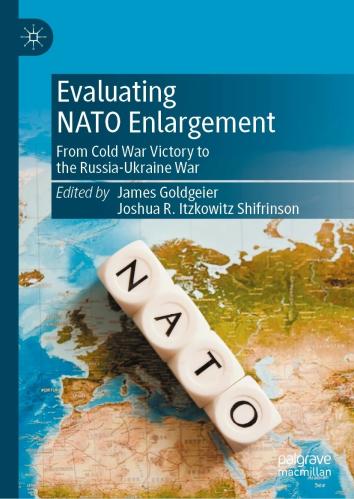
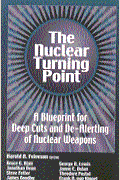

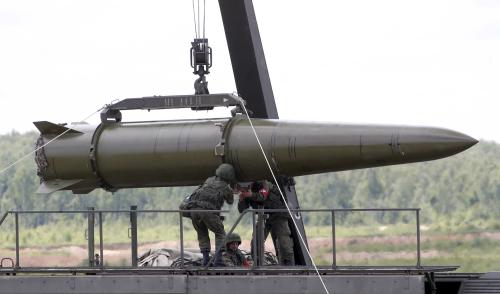
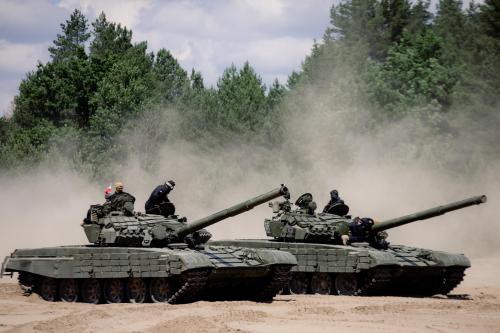
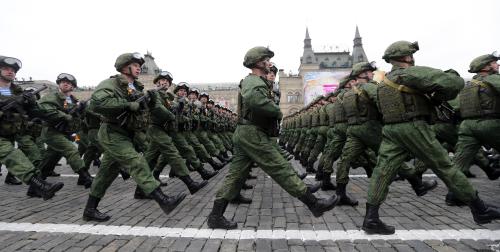




Commentary
Dealing with Russia and drawing red lines
March 10, 2017